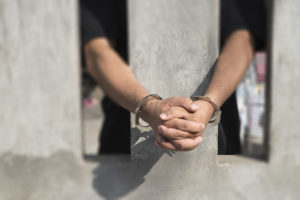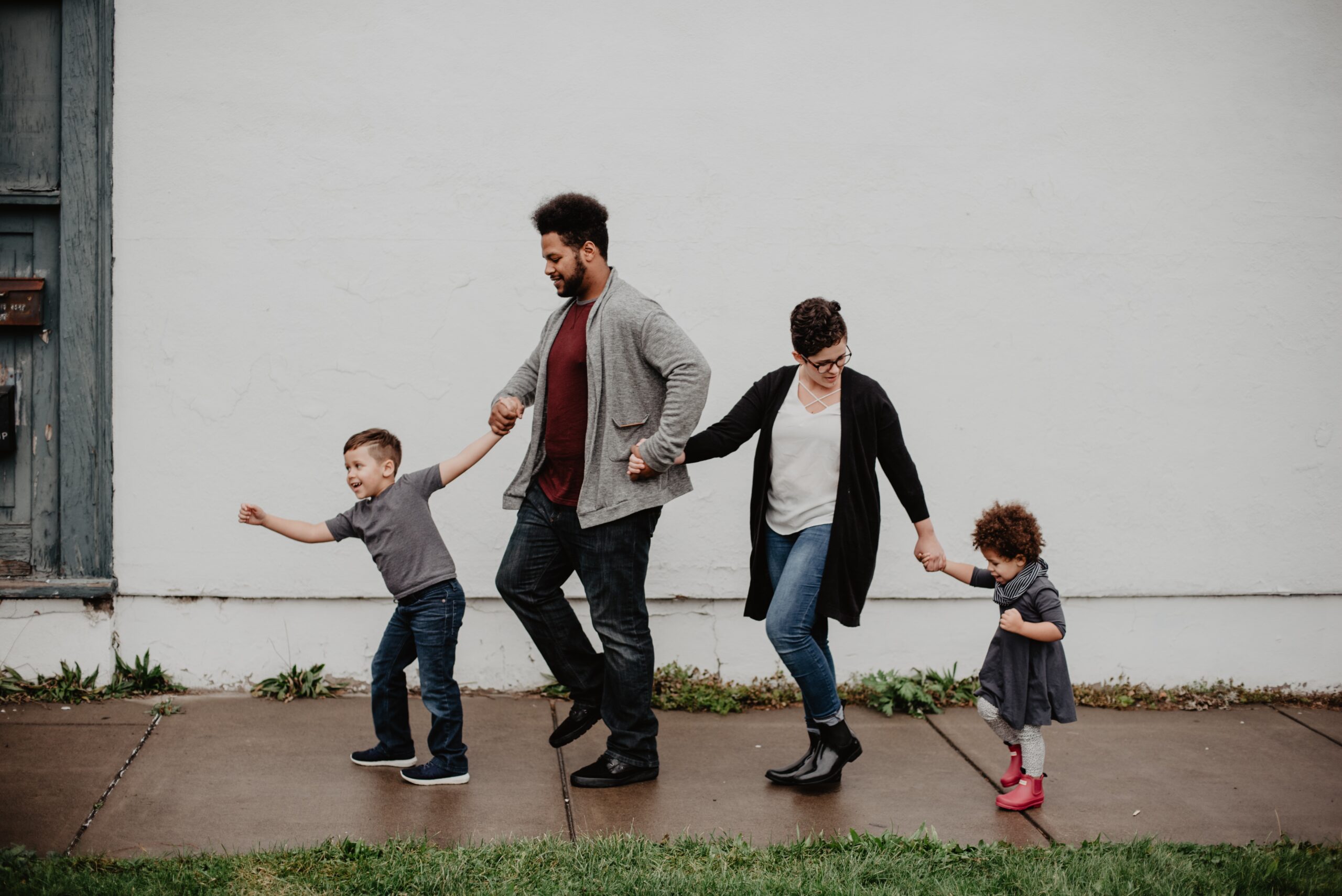The culture of community in schools can be the difference between success and failure for many students


Gamers, Dead Heads, and college football fans—what do these all have in common? They’re all communities.
Throughout life everybody strives to find a place within various groups, which are defined (amidst myriad features) by shared history, location, faith, interest, race, or occupation. Education is no exception, as schools are one of the earliest communities to which many people belong. And they can also be among the most important.
That’s why it is crucial for educators to recognize that—like it or not—they play a vital role in building the community to which students and their families belong. Here are four tenets that can move your school further in the direction of a culture of community.
Participation in group activities or rituals, for example, choral singing, gives us a boost of positive brain chemicals—a surge of endorphins associated with the group experience—according to author Dan Pink in his book When. In effect, doing things as a group makes you feel more a part of the group; and, in turn, feeling more a part of the group motivates you to do things with the group. So initiate this productive cycle by creating experiences in which families can participate—in person or virtually—with one another. A team trivia tournament, a sing-along concert, or a game night could be just the thing your school needs to build a positive feedback loop in your community.
Seeing through one another’s eyes is one way to enhance a feeling of inclusion. One way to do so is to choose several students from different backgrounds that reflect the demographics of the school and equip them with a camera for a day. Ask them to snap photos of what they experience and notice throughout the day and ask them to provide at least 10 pics that represent their day. Compare the photos from each student to determine patterns of what they paid attention to learn what they might find important. Use that information to inform what you do to make the school a more inclusive and inviting community.
Food has a unique ability to bring people together. Regardless of the cultural landscape of a group of individuals, there is something connective about sharing a meal together. That is why most major holidays around the world have traditions built upon eating. Even some of the world’s major religions make sacred rituals out of food and drink. So why not leverage this existing cultural element in the school community? Try hosting a pizza party, a pancake breakfast, or an ice cream social. If you don’t like carbs as much, consider a barbecue!
Simply belonging to a community isn’t enough. Sooner or later, we want to find our own place within it. And being part of a group means not just getting something out of membership, but also contributing to it. For families to feel part of a school community, there must be opportunities for them to take action. Service projects allow students and families to give of their time to build up others. Talent shows can highlight the special gifts of students but also bring together families to share in the celebration of those abilities. Fundraising events can provide a means for families to share their treasure with others and place a value on altruism in your school community.
In the end, no matter how you create it, the significance of having a culture of community in schools cannot be overstated. It can make the difference between success and failure for many students, and it can be a crucial step toward engendering the support of families to achieve the mission and vision of the school.
—
Gary Abud is an educational consultant, author, and award-winning educator. He is also a double cornea transplant recipient who, after having his sight restored, was moved to use his teaching gifts to make learning exciting for others. From classroom teaching to school administration, and now private practice consulting, Gary has pursued his goal of helping individuals, families, and teams harness their learning power in personal, professional, and academic life through executive coaching, corporate training, and public speaking. He lives with his family near Detroit. Gary is the 2014 Michigan Teacher of the Year.
For further reading on CultureFeed